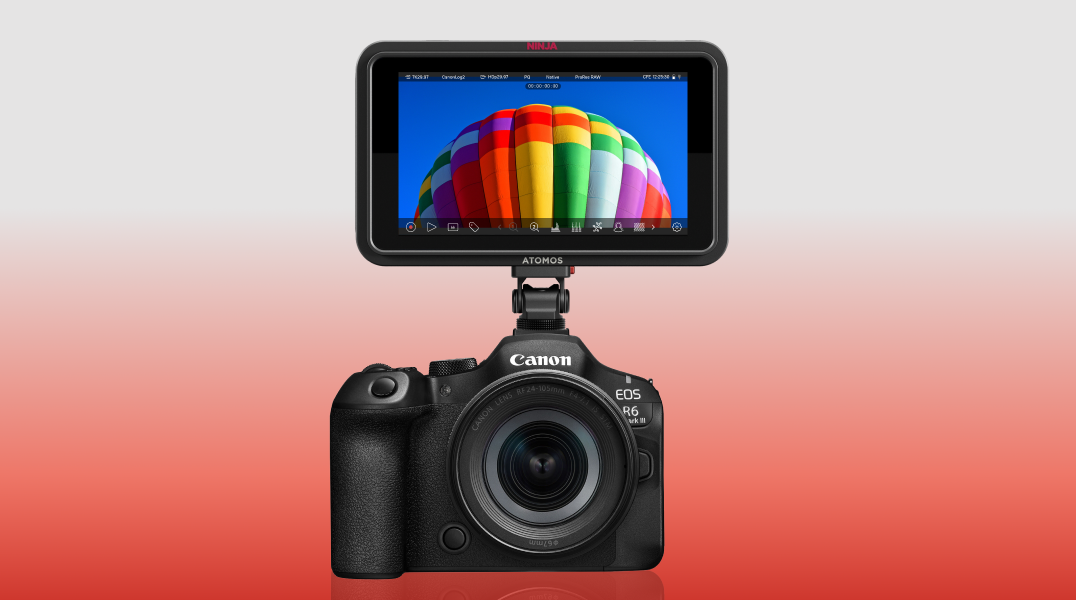Remember Rembrandt Technologies? This is the company that bought patents from communications equipment maker Paradyne, and which were originally owned by AT&T. Rembrandt claims that the patents cover technology used in cable modems and the trellis coding used in all ATSC compliant receivers and transmitters. Rembrandt sued cable companies, TV networks and manufacturers for violating its patents. Cable modem manufacturers counter-sued claiming Rembrandt engaged in anti-competitive practices. How will this affect ATSC equipment? That isn't clear yet, but for more information see the Multichannel News article Cable-Modem makers: Patent Firm Violated Antitrust Laws.
What happens if broadcasters want to transmit lower bit-rate standard-definition signals over the air to accommodate mobile DTV services, while providing HD signals to cable companies? Capital Currents in CED Magazine looks at how Mobile DTV could impact the broadcaster/cable relationship in the article The new ATSC mobile video service – Retrans negotiations may get very interesting.
One of the problems with satellite data connections is latency. I found the article Satellite WAN optimization, bandwidth management can cut sky-high cost talks about how customers can greatly increase bandwidth, but doesn't offer much detail on how it's accomplished.
Elsewhere in this week's RF Report, I looked at the FCC approval of vehicle-mounted earth stations and Row 44's 1,000 airborne earth stations. The FCC has also modified its rules for earth stations on vessels (ships, yachts, etc.). See the Order on Reconsideration (FCC 09-63) for more information.
Want to weigh in on a petition that seeks a ruling that restrictions by an Illinois homeowners association's ban on outdoor antennas is preempted by the FCC's off-air reception device rule? See FCC Public Notice DA 09-1718. I didn't find any additional information on this case on the FCC Web site. This case is especially interesting, considering the difficulty viewers with indoor antennas are having in receiving VHF DTV broadcasts. The petitioners say they cannot get good reception using an attic-mounted antenna. The homeowners' association rules restrict installation of TV antennas to attics.
Finally, for details on an interesting job, see MacGyvers of Polar Science - Research Associates Ensure Experiments Keep Running Year-round. The article shows a picture of Robert Fuhrmann working on a 7-km long VLF dipole antenna and another of Neal Scheibe and Dan Golden from Stanford University "humsniffing" in a search for a new VLF antenna site. Interesting stuff.
The professional video industry's #1 source for news, trends and product and tech information. Sign up below.

Doug Lung is one of America's foremost authorities on broadcast RF technology. As vice president of Broadcast Technology for NBCUniversal Local, H. Douglas Lung leads NBC and Telemundo-owned stations’ RF and transmission affairs, including microwave, radars, satellite uplinks, and FCC technical filings. Beginning his career in 1976 at KSCI in Los Angeles, Lung has nearly 50 years of experience in broadcast television engineering. Beginning in 1985, he led the engineering department for what was to become the Telemundo network and station group, assisting in the design, construction and installation of the company’s broadcast and cable facilities. Other projects include work on the launch of Hawaii’s first UHF TV station, the rollout and testing of the ATSC mobile-handheld standard, and software development related to the incentive auction TV spectrum repack. A longtime columnist for TV Technology, Doug is also a regular contributor to IEEE Broadcast Technology. He is the recipient of the 2023 NAB Television Engineering Award. He also received a Tech Leadership Award from TV Tech publisher Future plc in 2021 and is a member of the IEEE Broadcast Technology Society and the Society of Broadcast Engineers.
